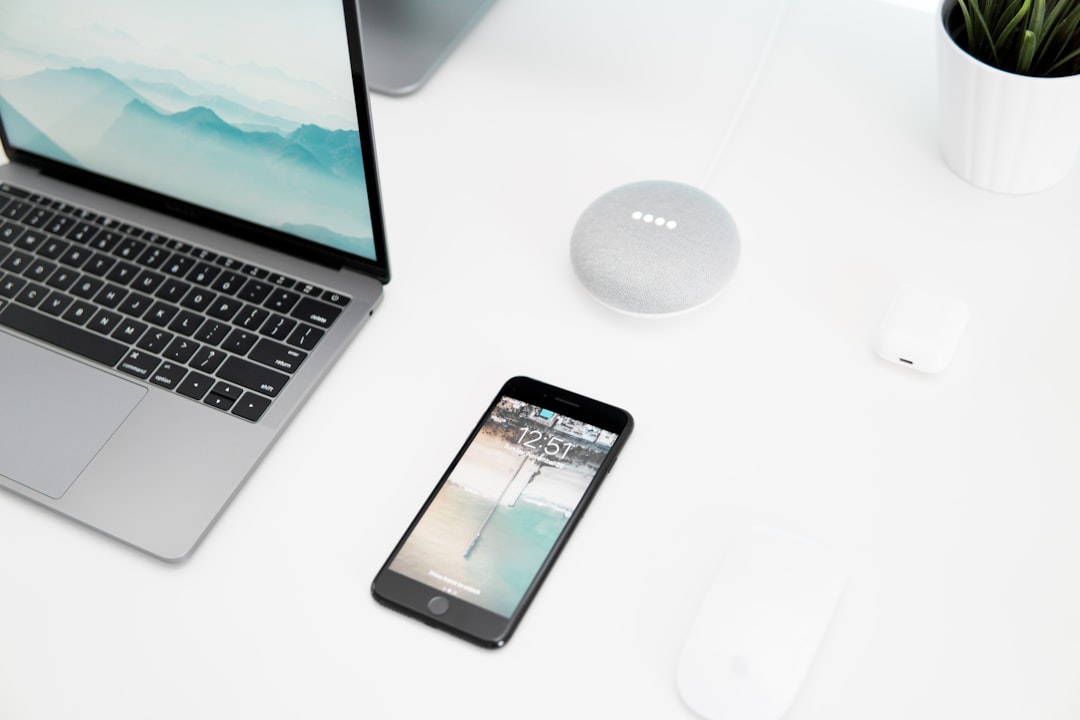Best Practices for User-Centric Internet Design in 2023 and Beyond
In today's digital age, user-centric internet design is essential for creating an engaging and successful website. With new technologies and trends emerging every year, it's important to stay up-to-date with best practices for user-centric internet design in 2023 and beyond. Here are some tips to help you create a website that puts your users first:
1. Prioritize Mobile Responsiveness
With the majority of internet users accessing websites on their mobile devices, it's crucial to prioritize mobile responsiveness in your website design. This means creating a website that is optimized for smaller screens and touch navigation. Make sure your website is easy to navigate and loads quickly on mobile devices.

2. Use Simple and Clear Navigation
Navigation is a critical component of user-centric internet design. Make sure your website's navigation is simple and intuitive, with clear labels and easy-to-find menus. Avoid using too many menus or submenus, which can confuse users and make it difficult for them to find what they're looking for.
3. Focus on Accessibility
Accessibility is an important consideration for user-centric internet design. Make sure your website is accessible to all users, including those with disabilities. This means using alt tags for images, providing captions for videos, and using clear and easy-to-read fonts.

4. Incorporate User Feedback
One of the best ways to create a user-centric website is to incorporate user feedback into your design process. This can help you identify pain points and areas for improvement, as well as new features or functionality that your users may want. Consider using surveys or focus groups to gather feedback from your users.
5. Use High-Quality Visuals
Visuals are a key component of user-centric internet design. Use high-quality images and videos to capture your users' attention and convey your brand's message. Make sure your visuals are relevant to your content and optimized for fast loading times.

6. Optimize for Search Engines
Search engine optimization (SEO) is essential for ensuring that your website is discoverable by your target audience. Use relevant keywords and meta descriptions to optimize your content for search engines. Make sure your website is fast-loading and mobile-friendly, which are important factors in search engine rankings.
7. Provide Clear Calls-to-Action
Your website should have clear calls-to-action (CTAs) that guide users towards the desired action. Use action-oriented language and make sure your CTAs are prominently displayed on your website. Consider using A/B testing to optimize your CTAs for maximum effectiveness.

8. Test and Iterate
User-centric internet design is an iterative process. Test your website regularly to identify areas for improvement and optimize your design accordingly. Consider using A/B testing to test different design elements and gather data on what works best for your users.
By following these best practices for user-centric internet design, you can create a website that is engaging, accessible, and optimized for your users' needs. Keep up with the latest trends and technologies to ensure that your website stays ahead of the curve in 2023 and beyond.
